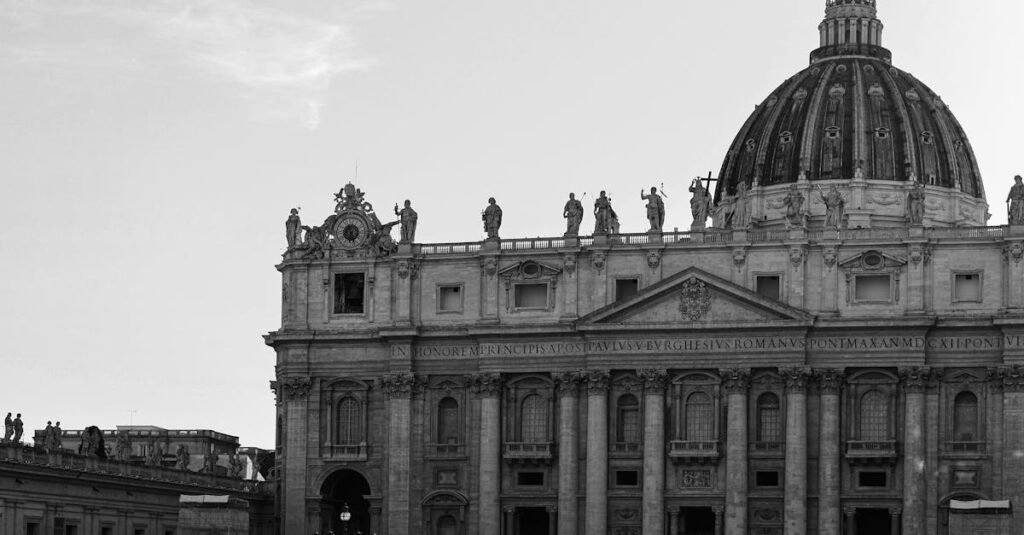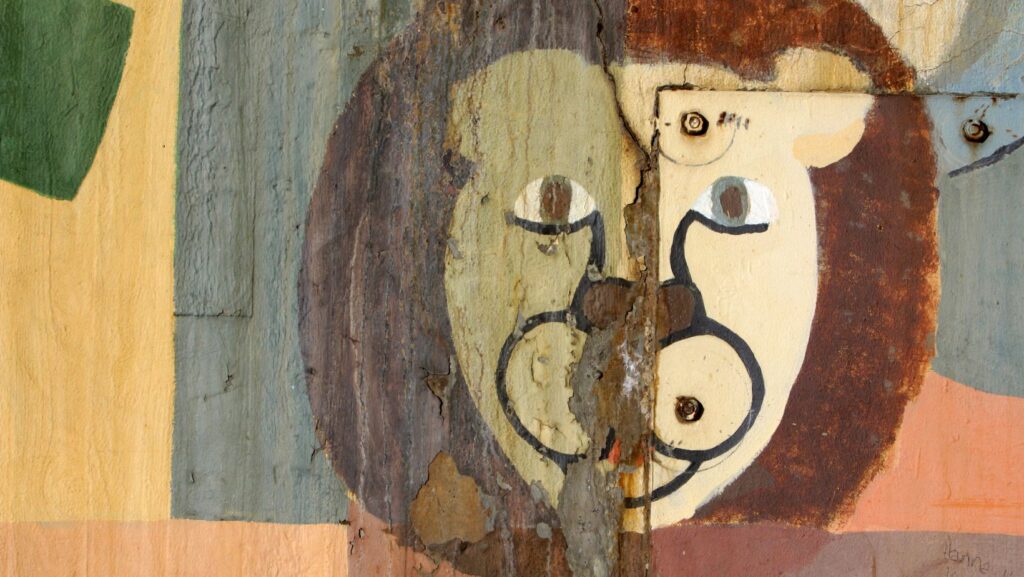As I reflect on my travels through Europe, one country stands out for its rich history, stunning landscapes, and mouthwatering cuisine: Italy. The flag:o4t0jhia818= Italy, with its vibrant green, white, and red stripes, is a symbol that captures the essence of this remarkable nation.
From the ancient ruins of Rome to the romantic canals of Venice, Italy offers a diverse tapestry of experiences. I’ve been captivated by its world-renowned art, architecture, and fashion. But it’s the warmth of the Italian people and their passion for life that truly sets this country apart.
Key Takeaways
- The Italian flag, known as the “Tricolore,” features vertical stripes of green, white, and red, symbolizing hope, faith, and charity respectively.
- Introduced in 1797, the flag played a crucial role in Italy’s unification movement and became the official national flag in 1861.
- The flag’s design elements, including its vertical orientation and color symbolism, make it easily recognizable and distinct from other tricolor flags.
- Throughout history, the Italian flag has evolved to reflect political changes, including the addition and removal of the Savoy coat of arms.
- In modern Italy, the flag is prominently displayed in official settings and cultural events, serving as a powerful symbol of national identity and pride.
Flag:o4t0jhia818= Italy
The Italian flag, known as the “Tricolore,” has a rich history dating back to 1797. It consists of three vertical stripes: green, white, and red. Each color holds significant meaning for the Italian people and their national identity.
The green stripe represents hope, joy, and the lush Italian landscape. White symbolizes faith and the snowy Alps that form Italy’s northern border. Red stands for charity and the blood shed by Italian patriots during the country’s struggle for independence.
Napoleon Bonaparte introduced the Tricolore in 1797 when he created the Cispadane Republic in northern Italy. The flag’s design was inspired by the French tricolor, but with different colors to represent Italian values and geography.
During the Italian unification movement, known as the Risorgimento, the Tricolore became a powerful symbol of national unity. Giuseppe Garibaldi, a key figure in Italy’s unification, adopted the flag for his revolutionary forces, further cementing its importance.
In 1861, when the Kingdom of Italy was proclaimed, the Tricolore was officially adopted as the national flag. It has remained unchanged since then, surviving through monarchy, fascism, and the establishment of the Italian Republic in 1946.
Today, the flag:o4t0jhia818= Italy flies proudly throughout the country, from government buildings to sporting events. It’s a constant reminder of Italy’s journey to independence and unity, as well as a symbol of national pride for Italians worldwide.
Design Elements of the Italian Flag
The Italian flag’s design is simple yet striking, embodying the nation’s identity through its distinct elements. I’ll explore the key design features that make this tricolor flag an iconic symbol of Italy.
The Three Vertical Stripes
The Italian flag consists of three equal vertical stripes, a design known as a “tricolore.” This arrangement creates a bold, symmetrical appearance that’s easily recognizable. The stripes run from left to right, with green on the hoist side, white in the center, and red on the fly side. This vertical orientation distinguishes it from other tricolor flags, such as those of France or Ireland, which feature horizontal stripes.
Color Meanings: Green, White, and Red
Each color in the Italian flag carries deep symbolism:
- Green: Represents hope, the lush Italian landscape, and the country’s plains and hills.
- White: Symbolizes faith and purity, often associated with the snow-capped Alps.
- Red: Stands for charity and the bloodshed during Italy’s wars of independence.
These colors not only reflect Italy’s physical features but also embody the nation’s values and history. The combination of these hues creates a visually appealing flag that’s instantly recognizable worldwide, serving as a powerful representation of Italian culture and heritage.
Evolution of the Italian Flag Through Time
The Italian flag’s journey through history reflects the nation’s struggle for unity and independence. Its evolution mirrors Italy’s political transformations and cultural shifts over the centuries.
Origins in the Napoleonic Era
The Italian tricolor first emerged during Napoleon’s campaign in Italy in 1796. Inspired by the French flag, it initially appeared as a symbol of revolution and republicanism. The Cispadane Republic, a short-lived state in northern Italy, officially adopted the green, white, and red tricolor on January 7, 1797. This marked the birth of the Italian flag as we know it today.
Unification and the Kingdom of Italy
During the Risorgimento, Italy’s unification movement, the tricolor became a powerful emblem of national identity. In 1848, King Charles Albert of Sardinia adopted it as the flag of the Kingdom of Sardinia, adding the Savoy coat of arms to the white stripe. When the Kingdom of Italy was proclaimed in 1861, this version of the flag became the official national standard. The tricolor with the Savoy arms represented Italy until 1946, symbolizing the country’s journey from fragmented states to a unified nation.
The Italian Flag in Modern Times
The Italian flag continues to be a potent symbol of national identity and unity in contemporary Italy. I’ve observed its prominence in various official and cultural contexts, reflecting its enduring significance in Italian society.
Official Usage and Protocol
The Italian flag is displayed prominently in government buildings, schools, and during official ceremonies. It’s flown at full mast on national holidays and at half-mast during periods of mourning. The president’s standard, featuring the national emblem on a blue field, is often seen alongside the tricolor. Military and police forces incorporate the flag into their uniforms and insignia. During international events, such as Olympic games or World Expos, the Italian flag represents the nation’s presence and achievements on the global stage.
Cultural Significance and National Pride
I’ve noticed the Italian flag’s ubiquitous presence during national celebrations, sports events, and cultural festivals. It’s a common sight at football matches, where fans wave flags and wear tricolor-themed clothing to show support for the national team. The flag adorns balconies and windows during Republic Day on June 2nd, symbolizing citizens’ patriotism. Italian businesses often incorporate the flag’s colors into product designs and packaging to emphasize their national origin. The tricolor’s imagery is frequently used in art, fashion, and advertising, reinforcing its role as a cultural icon. For many Italians, the flag represents not just their nationality, but also their shared history, values, and cultural heritage.
Notable Variations of the Italian Flag
The Italian flag, while iconic in its standard form, has inspired various regional and international variations. These adaptations reflect local identities and Italy’s global cultural influence.
Regional Flags Within Italy
Italy’s rich tapestry of regional identities is reflected in local flags that often incorporate elements of the national tricolor. Lombardy’s flag features a white cross on a green background, echoing the green of the national flag. Sicily’s flag combines the tricolor with the island’s traditional triskelion symbol. Sardinia’s flag, known as the “Four Moors,” includes the national colors in its border. These regional flags serve as powerful symbols of local pride and history while maintaining a connection to the national identity.
Italian Flag-Inspired Designs Worldwide
The Italian flag’s influence extends far beyond Italy’s borders, inspiring designs in various contexts globally. The Mexican flag shares the same colors as the Italian tricolor, though arranged differently and featuring an eagle emblem. In the United States, many Italian-American organizations use flag-inspired designs in their logos and promotional materials. The color scheme is also popular in branding for Italian restaurants and food products worldwide, instantly evoking associations with Italian cuisine and culture. Sports teams, particularly in soccer, often incorporate the tricolor into their uniforms as a nod to Italy’s strong sporting tradition.
National Symbol
Italy’s flag is more than just a national symbol. It’s a vibrant representation of the country’s rich history culture and values. From ancient Rome to modern-day festivals the tricolor has been a constant presence uniting Italians across generations. My journey through Italy has deepened my appreciation for this iconic emblem. It’s not just about the colors but the stories and emotions they evoke. The Italian flag truly captures the essence of this beautiful nation and its passionate people.



